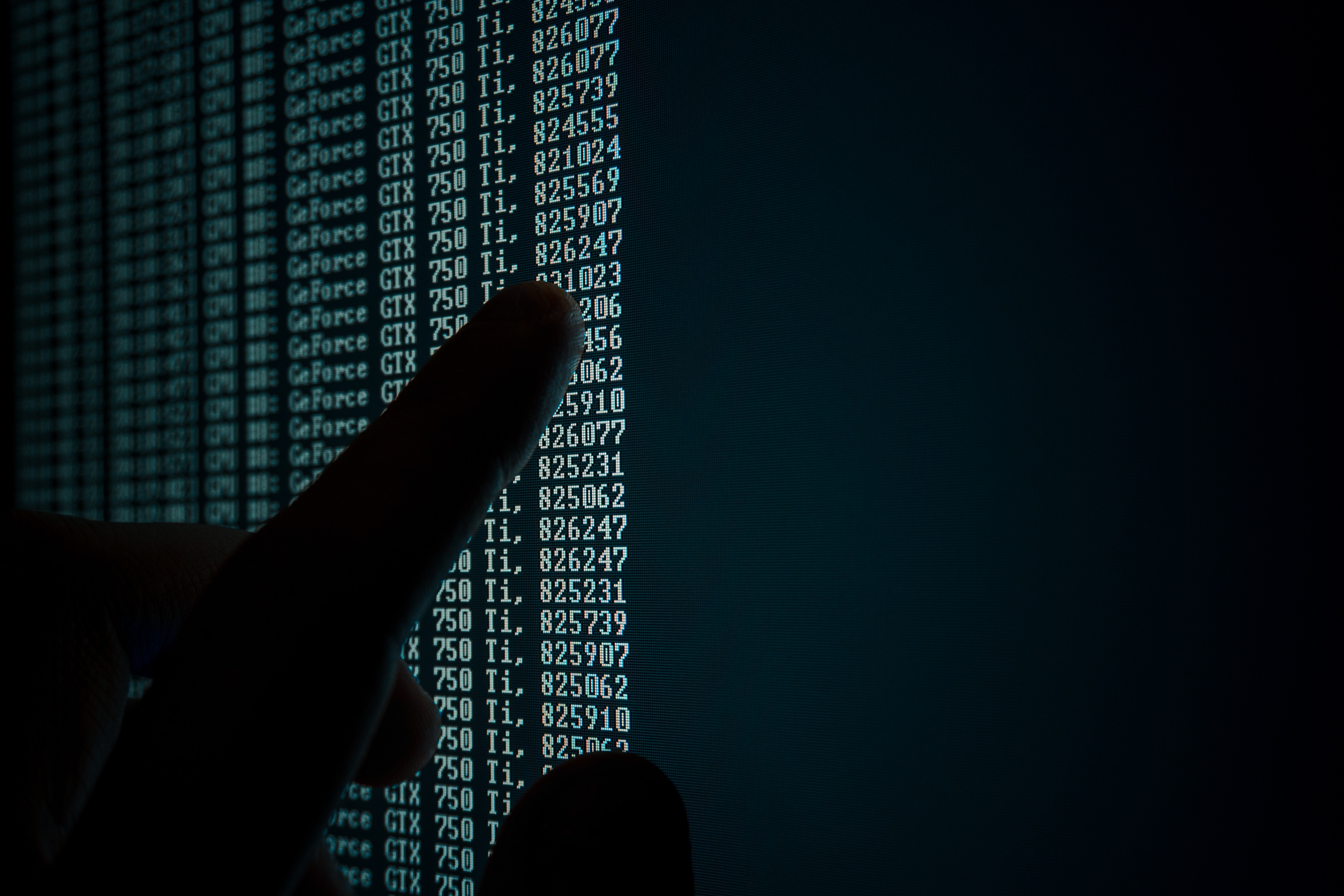
At any given moment, one could crawl the web for the last week’s fear-inducing stories about technology and the future. Last week Microsoft employees protested a Department of Defense contract to use their recently announced Holo-Lens 2 for military purposes. Employees wrote a public letter to Microsoft’s CEO, protesting the goal of increasing lethality via training. The episode brings to mind the Black Mirror episode – as much these days does – in which soldiers are fighting what appears to be a ghoulish subhuman insurgency. What is subhuman is actually altered by biological implants in the soldiers that make them appear as a screaming, morphed humanoid. They are in fact fellow humans cowering in fear. It is wholly conceivable that tweaks to Microsoft’s HoloLens 2 could subtly alter training enemies to elicit a more ruthless response from soldiers – a foray into the battles of dehumanization that propaganda achieved during World War Two.
New technologies have emerged at an astounding pace in the last decade. There are deep and unending webs of technology and data that support that expansion. They are mostly, however, cascading black boxes, seemingly hidden beneath the wings of propriety and apocrypha. Augmented reality, for example, used in the HoloLens 2, will be laid atop our existing wells of technology and data to texture our world in new ways. It will locate a user and produce immersive and transformative experiences. Only a handful of people will understand, much less articulate how it functions. Despite how much information we may have access to – especially data giants – we are instead being smothered by this wealth of information. It is in this deep incoherency, and the noise that emanates from our devices that James Bridle asserts is the origin of our new dark age of not understanding.
Bridle’s work, “New Dark Age: Technology and the End of the Future” doesn’t always express that the future will end. In fact, he presents plenty of information that shows that humankind will continue to build smaller data chips, inundate itself with more information, and press forward with blind confidence. But it will ultimately suffocate itself with data, technology, and information, resulting in unknowing and incomprehension. It is a wholly pessimistic account of the ways in which we have walled ourselves in with opacity and insuperable computational thinking: the decay of scientific proof, all-knowing and all-denying states and data companies, and technology that we cannot, or, refuse to understand.
The heart of this impending Dark Age will stem from a mixture of rogue technology and maliciously employed technology. Where there is too much information, and the networks are too large, algorithms will detach from their original purpose. Those with enough understanding of these networks and data will use their massiveness to hide in and cloak with. Where past data functions as a predictor for algorithms, technology will instead fall short, unable to cope with the randomness of the present. The “New Dark Age” is actually a bright, overwhelming, and nauseating world in which existence becomes atemporal and ceaselessly noisy.
“New Dark Age” is not simply and endless bludgeoning of pessimistic thought. It is also a warning shot and compendium of tragic obfuscation. Examples of information warfare from the last decade and last century stand out, begging further explanation simply for their absurd circumstances that provoke only incredulity. For example, Bridle relates financial manipulation amidst the chaos of trade. Arenas known as “dark pools” that trade securities, derivatives, and more, were estimated to account for “one-fifth of all trades in stocks that also traded on the public exchanges – a figure that doesn’t account for many other popular forms of financial instrument.” But these pools have become predatory feeding grounds where traders “move large volumes of stock without tipping off the wider market” and where “conflicts of interest run rampant.” In 2016, the SEC levied a $154 million fine against Barclays and Credit Suisse for “secretly allowing high-frequency traders as well as their own staff access to their supposedly private dark pool.”
Bridle also explains that at the barrier between transparency and opacity, governments also wage information warfare – to no one’s surprise. But its severity is gutting. Part of the so-called “mitigated archive” that includes United Kingdom colonial-era documents included information about British concentration camps of Kenyans in the 1950s in which “Ndiku Mutua and Paulo Muoka Nzili had been castrated; Jane Muthoni Mara had been raped with bottles filled with boiling water; and Wambuga Wa Nyingi survived the March 1959 Hola Massacre, in which camp guards beat eleven detainees to death…” The UK government denied that such events both took place and that a corroborating tranche of documents existed until it was forced to by the High Court in London. However, most of the documents relating to Kenya and several other colonies, simply disappeared en route to the archive at Hanslope Park in 1992, almost two decades before those four, representing at least six thousand potential complainants, were allowed to sue the UK government. A simple disappearing act amidst countless documents.
There are many more desperate examples of hiding amongst overwhelming information, weaponizing information and networks, and the sense that we can do nothing to stop every abuse. Thousands of planes enter the sky every day, some for nefarious extra-judicial reasons. While we have the ability to track nearly all of them – even the ones that are spying on us – we have no clue where to begin because of the needle and haystack conundrum. What you seek is hidden by white noise, and before long it disappears. (Bridle staked out near an airfield while researching and writing the book, hoping to catch the aviation number of covert planes to find out where they were grabbing cell conversations from.)
Bridle is oddly the least convincing in connecting a new dark age with climate change. He connects the desire to understand the weather and so-called “freak accidents” of massive turbulence with the superstructure status of the climate. The connection mostly appears to be that the climate is a network in the same way that the Internet is. In other words, climate change representations are denied and masked as outliers or incoherent inside the sheer size of our planet’s weather patterns and complexity. While there is no question that industrial technology like coal burning has contributed to extreme weather patterns that have become more obvious, the connection to “modern” technology – our information systems, algorithms, conspiracies – is slim.
So what is the so-called end of the future that Bridle is getting at? He repeatedly invokes the end of understanding and that our technology should be an enhancing aspect of our world. The end of the future might not be the end of the world, but the end of progression that we understood to be our boon as technology exploded. What is the climate change advocate’s last hope – that humanity shall prevail in any case – is the anti-technologists’ same hope. Where we wall ourselves in, we can still attempt to build a ladder.

